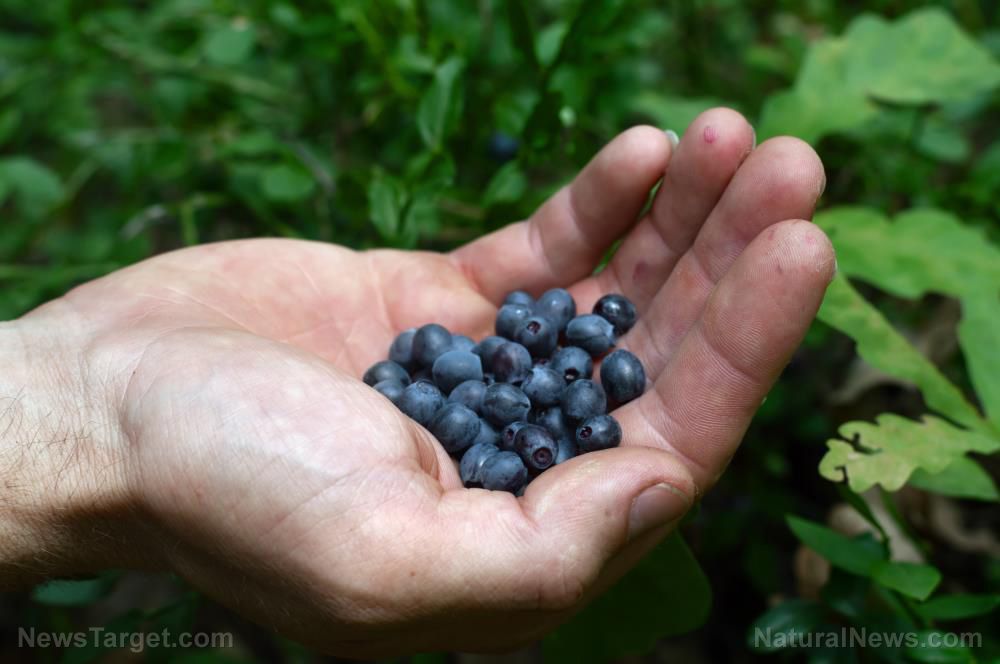
Advertisement
If you’ve ever grabbed a box of cereal, a can of soda or some other bag of processed food on a grocery trip, then chances are you’ve come across the “natural flavors” label.
But despite the word “natural,” products sporting this label are probably the last things you’ll want in your cart, let alone in your fridge and cupboards, once you get a good look at what’s really behind that label.
As it turns out, plenty of unambiguously unhealthy products advertise the seemingly healthy label to fool some unsuspecting health-conscious consumers into thinking they’re buying healthy, “natural” foods.
Sadly, the label could mean pretty much anything. The Food and Drug Administration (FDA) would tell you it is any heated, roasted or fermented product with plant- or animal-derived flavoring constituents. If that sounded like it didn’t really tell you anything, it’s because it didn’t.
The truth about “natural flavors”
So if the “natural flavors” label doesn’t really make a difference, why is the label used so much and in so many products, too? The simple answer is that manufacturers think those “natural” flavors make food taste better. If food tastes better, people are more likely to buy it over and over again.
Usually, adding “natural” flavors to foods is also a cheap way of covering up bad-tasting food. For example, if a piece of fresh fruit was shipped thousands of miles away to a grocery store, chances are it won’t taste that good anymore. So a company may add “natural” flavors and maybe even sugar and artificial coloring to make it look and taste better. This gives manufacturers profit and leaves customers with a sorry excuse for real food.
Worse, those added flavors aren’t just designed to mimic the taste of real foods. They are also designed to keep you coming back for more junk.
Natural flavors to avoid and their reported health effects
The FDA has long been skirting around the topic of regulating “natural” flavors by giving them the designation “generally recognized as safe” (GRAS). But scientists still know very little about natural flavors.
Nonetheless, there are some studies done on some of the most common natural flavors and their known health risks. Those natural flavors include:
- Diacetyl – Diacetyl has an intense buttery flavor and is commonly used for dairy flavoring. Studies have shown that diacetyl is linked to “popcorn lung,” a condition often seen among workers in microwave popcorn factories. The condition compromises lung function and causes breathing difficulties.
- Monosodium glutamate (MSG) – MSG is a flavor enhancer often added to Chinese foods. Studies so far have found a link between MSG consumption and serious health problems like obesity.
- Citral – Citral is used to add a lemony flavor to foods. But multiple human toxicity studies have found it to be a strong irritant when inhaled and applied to the skin.
- Methyl N-acetylanthranilate – This substance is typically used as a natural berry flavoring thanks to its strong, fruity aroma. But it has been shown to increase the skin’s sensitivity to sunlight. Put simply, it makes you more likely to get a skin irritation that looks a lot like a bad sunburn.
- Castoreum – Castoreum is an anal secretion mature beavers use to mark their territories. It smells like vanilla, oddly enough. Most food companies stopped adding it their products during the 1980s due to health and logistics issues. It hasn’t been totally banned, so it may still be lurking in some foods.
Everyone seems to be eating foods that have natural flavors these days. But the good news is that, ultimately, a greater knowledge of what natural flavors really are will help you and other consumers steer clear of unhealthy food products that have them.
And if consumers start buying less of those unhealthy food products, manufacturers may eventually stop using natural flavors on their products.
But until then, you’re better off sticking to real foods and checking ingredients lists for “natural” flavors hiding behind seemingly healthy labels.
Sources:
Advertisements







